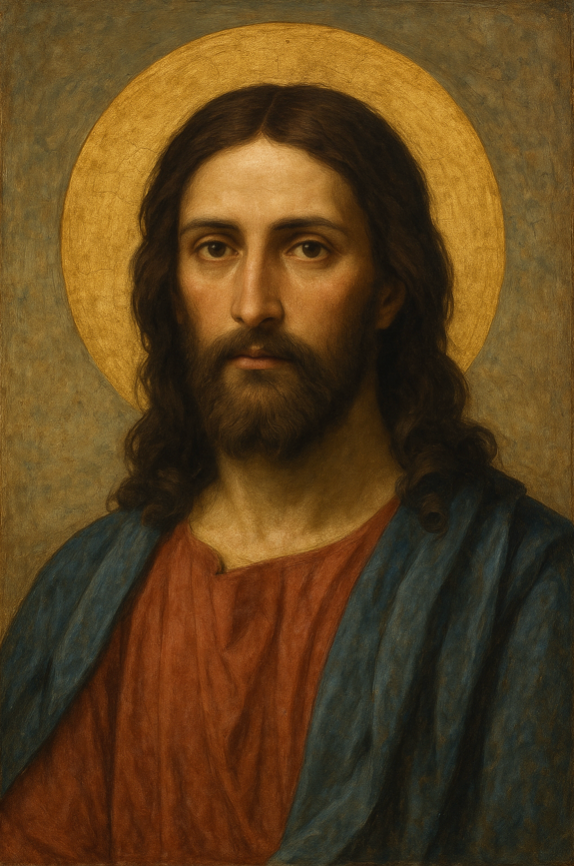AI is developing at an unimaginable speed. Although it is now commonly used in everyday tasks, from drafting emails to planning grocery lists, there are many instances where its use stretches far beyond convenience and enters political, cultural, or even spiritual spaces.
- AI-powered Minister in Albania
- AI powered Jesus
- AI-generated Vogue Models
Edi Rama, prime minister of Albania, has appointed what he calls the world’s first AI-powered minister. The choice, largely symbolic, was presented as a gesture towards a more transparent, corruption-free political system.
To emphasize the message, the AI—named Diella, meaning “sun” in Albanian—appears dressed in traditional folk attire and has been “working” since January. According to Transparency International, Albania currently scores 43/100 in their Global Corruption Barometer. In 2024, former president Sali Berisha was formally charged with corruption, marking one of the most significant political scandals in recent memory.
Seen in this light, the creation of Diella is more than a gimmick: it is a deliberate attempt to position technology as a tool of accountability. Yet, it also raises a crucial question, what happens when symbolic experiments with AI in governance turn into real decision-making?

In the Swiss city of Lucerne, a very different experiment took place. An AI-powered Jesus, part of the installation Deus in Machina, was introduced in Peter’s Chapel. Designed by Philipp Haslbauer, Aljosa Smolic and Marco Schmid, the figure resembled Christ and could converse with visitors in over 100 languages.
Placed in a confessional booth instead of a priest, the AI was trained on theological texts to hold discussions about faith, forgiveness, and morality. In Over two months, more than 1,000 visitors interacted with it, leaving mixed feedback.
“Deus in machina encourages critical thinking about the boundaries of technology in the context of religion.”
- as advertised on their website.
https://www.kathluzern.ch/meine-kirche/news/artikel/deus-in-machina
The experiment lasted two months, but its cultural impact lingers. The project forced people to consider where technology ends and spirituality begins, and whether AI can (or should) have a role in guiding belief and the general use of AI in religious contexts.

Entire books could be written about beauty standards, their history, their politics, and their relentless evolution. What shocked audiences recently was the use of AI-generated models in Vogue magazine’s August issue.
According to Forbes, within hours of publication, social media was flooded with strong reactions. Long-time subscribers cancelled their subscriptions, forums filled with disbelief, and even tech-enthusiasts began to question whether efficiency should ever come at the expense of authenticity.
The creators behind the digital models argued that the process itself was far from effortless: it can take months of refinement and comes at significant cost. Still, the controversy highlighted an uncomfortable truth. Where do we draw the line between retouched photographs of human models and bodies that never existed in the first place? And what does it mean when cultural icons like Vogue choose pixels over people?

What Comes Next?
Whether it is a prime minister, a representation of Jesus, or a fashion model, AI continues to infiltrate spaces once considered untouchable. The boundaries are shifting quickly, and not always predictably.
Perhaps the most surprising frontier is the natural world. At the London School of Economics, a new research centre has been established to explore how AI might help humans communicate with animals . Early hopes point to better understanding of pets’ needs, behaviour, and even emotional states. If successful, the project could fundamentally transform the way we relate to non-human life.
The rise of AI is no longer just a matter of convenience or productivity, it is shaping culture, politics, spirituality, and even our relationship with the natural world. From symbolic cabinet appointments to experimental religious figures, from glossy magazine covers to the possibility of speaking with our pets, AI is testing the limits of what we consider human, authentic, or sacred.
Each experiment sparks fascination, but also unease. Are these tools amplifying human creativity and progress, or are they eroding the very foundations of trust, meaning, and identity? The answer may depend not on the machines themselves, but on the choices we make about how and why we use them.
 Arianna Distefano
Arianna Distefano